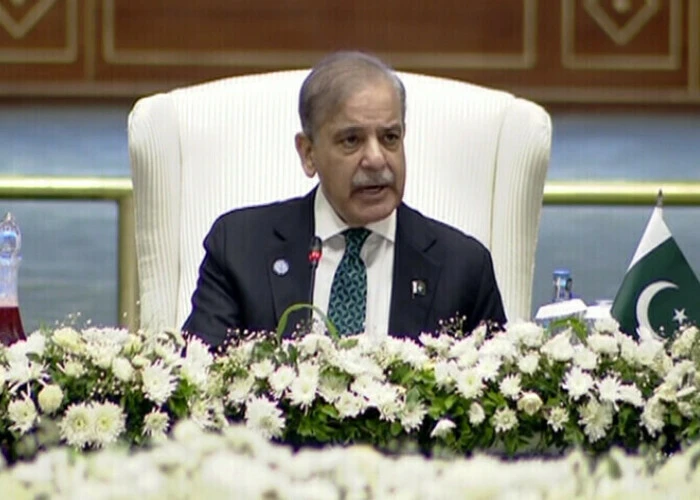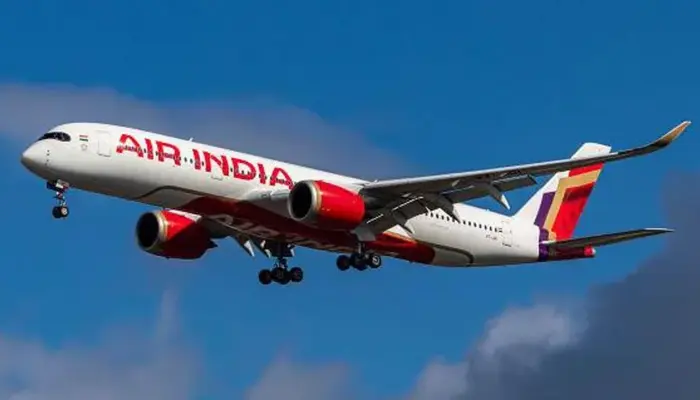
A sharp rise in Gulf remittances helped Pakistan reach an all-time high of $38.3 billion in remittances during FY25, according to central bank data released on Tuesday. This inflow, exceeding the $7 billion IMF loan program, played a key role in stabilizing the country’s economy and boosting foreign exchange reserves.
Highest Remittance Inflow in Pakistan’s History
The remittances jumped by $8 billion from FY24’s $30.25 billion—marking a significant 27% increase. Analysts say this massive inflow could push Pakistan’s current account into surplus for the first time in 13 years and only the second time in 20 years.
Shankar Talreja, Head of Research at Topline Securities, called the rise “unexpected but timely.” He said remittances have rescued Pakistan’s fragile economy far beyond expectations.
Saudi Arabia and UAE Lead Contributions
Saudi Arabia remained the top contributor with $9.34 billion, followed by the UAE with $7.83 billion. Other major sources included the United Kingdom ($5.99 billion) and the United States ($3.72 billion). The remaining Gulf countries contributed $3.71 billion, while EU countries added $3.53 billion.
Read: KSE-100 Index Stays Flat After Crossing 134,000 Amid Profit-Taking
These figures highlight the continued importance of Pakistan’s diaspora in sustaining the economy, especially during financial hardship and ongoing recovery efforts.
Surpassing IMF Support
The remittance inflow surpassed Pakistan’s $7 billion Extended Fund Facility (EFF) from the IMF, approved in April 2024. The IMF package aimed to stabilize macroeconomic indicators and support long-term reforms after years of balance-of-payments pressure.
Experts believe that while the IMF package provided crucial support, it was the remittances that truly bolstered the country’s financial position.
Strong Monthly Average
The monthly average remittance stood at $3.19 billion in FY25—well above FY24’s $2.52 billion. Mohammad Sohail, CEO of Topline Securities, said on social media, “Record remittances came when most needed,” crediting overseas workers for stepping up during a tough economic year.
Analysts expect the strong inflows to continue, driven by steady employment in Gulf states and improved formal banking channels.
Follow us on Instagram, YouTube, Facebook,, X and TikTok for latest updates












